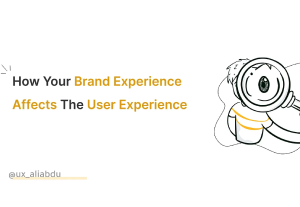- Customer Experience, Design, Facebook, Social Media Marketing, UX Education
Keeping the right balance when applying customization and personalization in product design is vital. Here are some techniques on how to achieve it.
Article by Mariia Kasym
How Much Personalization Is Enough in UX Design?
- Personalization and customization are effective UX approaches that aid users in avoiding undesired content, but they can also cause new challenges.
- The author covers the main drawbacks of excessive personalization and customization:
- Lack of diversity;
- Content redundancy;
- “Creepy effect” of personalization;
- Cognitive overload caused by overcustomization.
- There are several practices, recommended by the author, that prevent overpersonalization and overcustomization:
- Finding the right balance to maintain content diversity;
- Using caution when handling potentially sensitive information;
- Providing users with control when it is relevant;
- Taking advantage of user feedback.
Share:How Much Personalization Is Enough in UX Design?
Share this link
- February 14, 2023
10 min read







